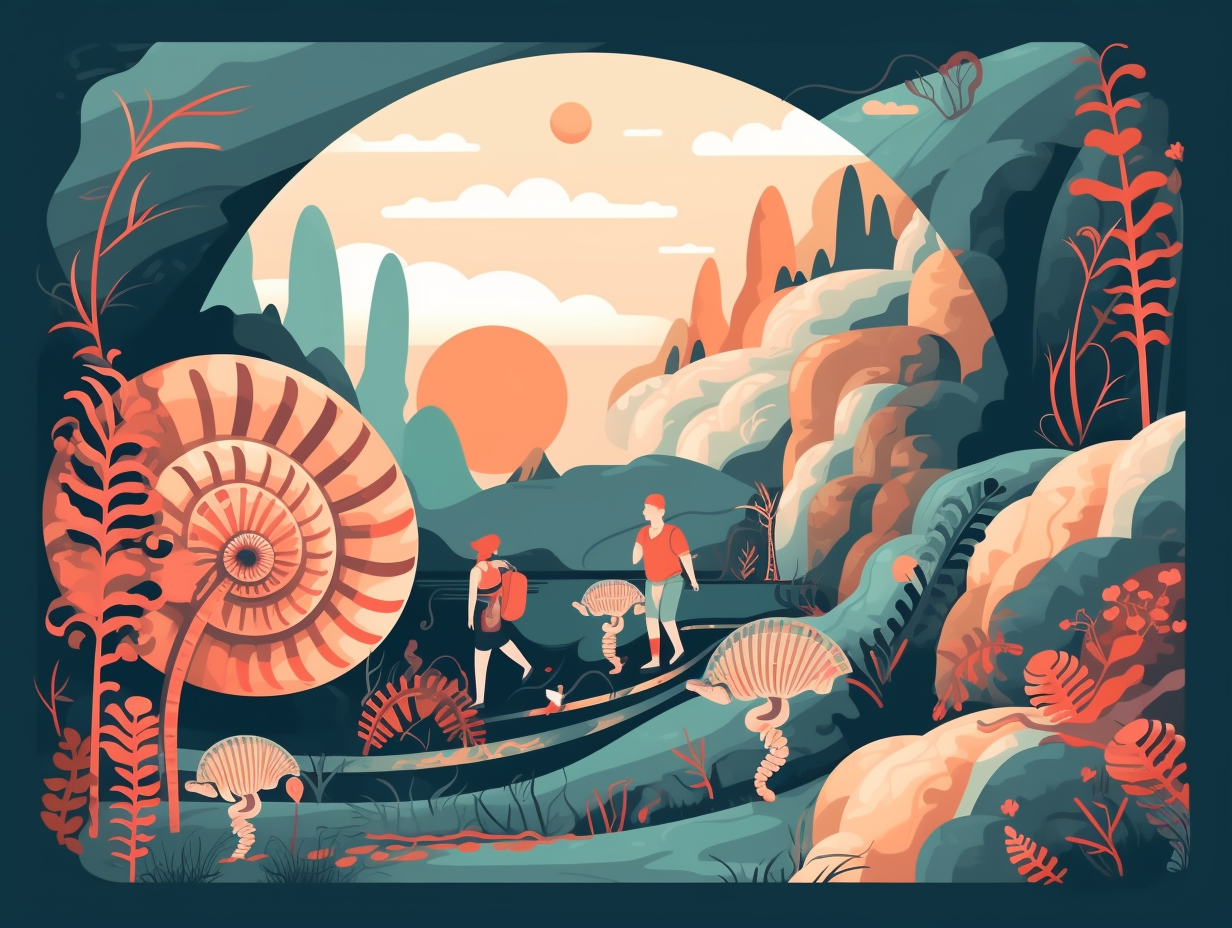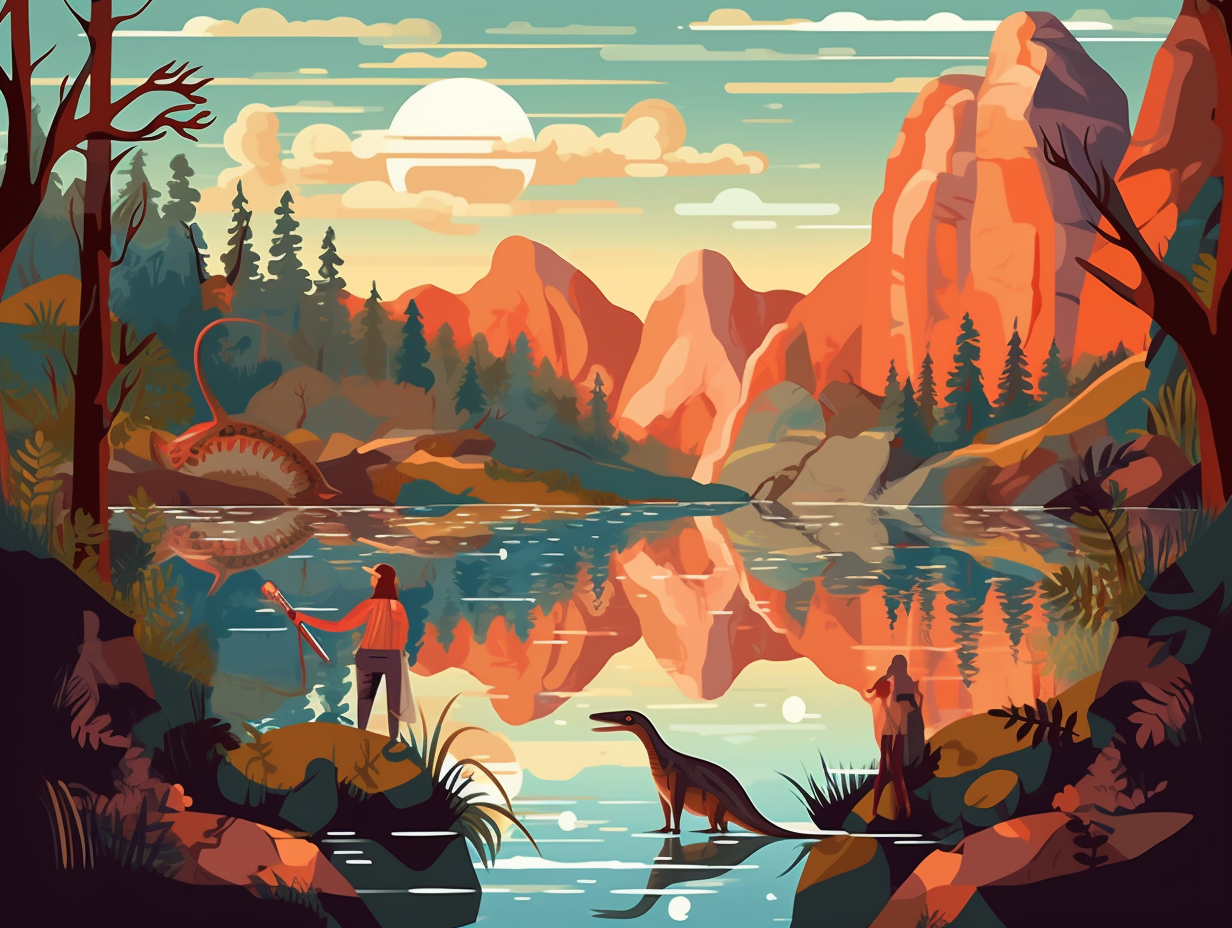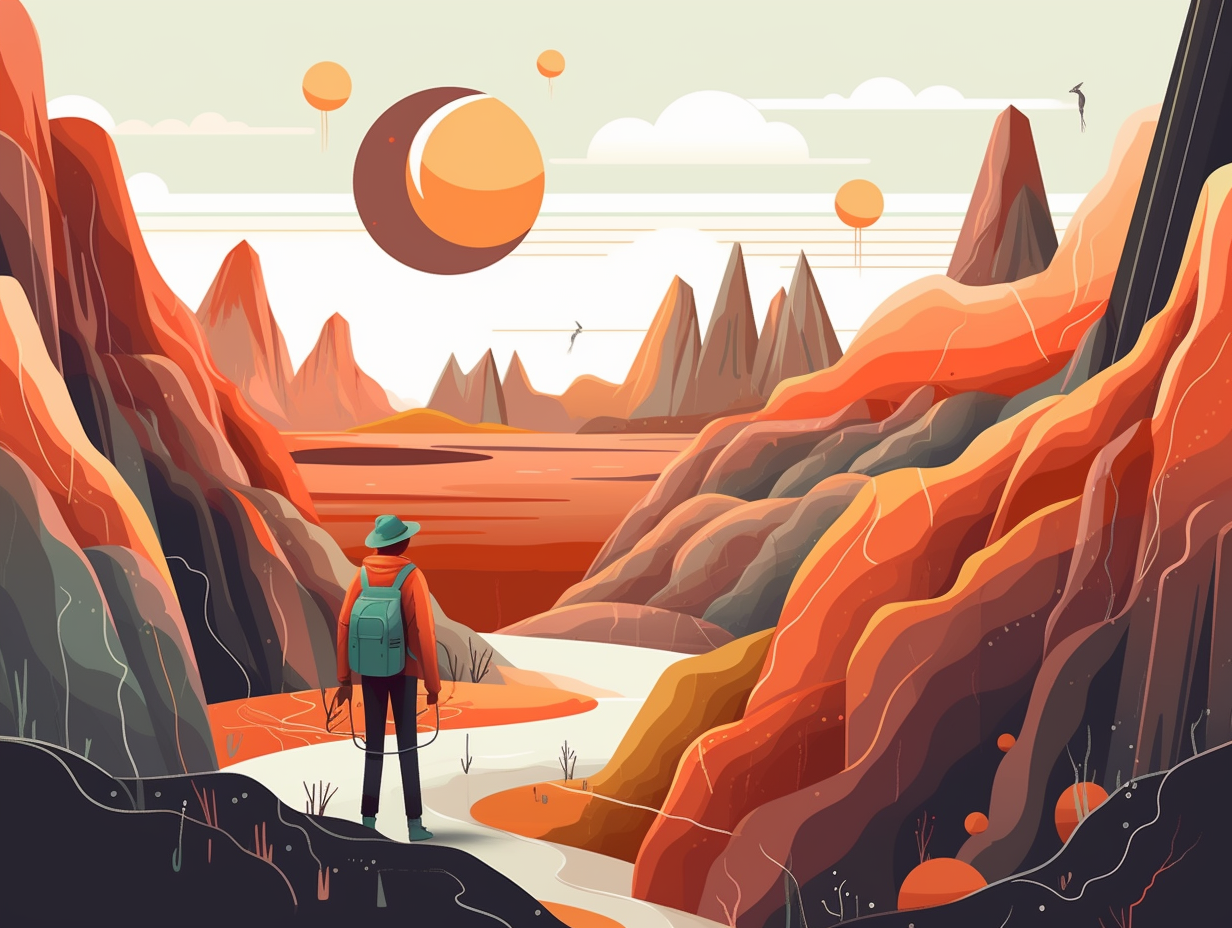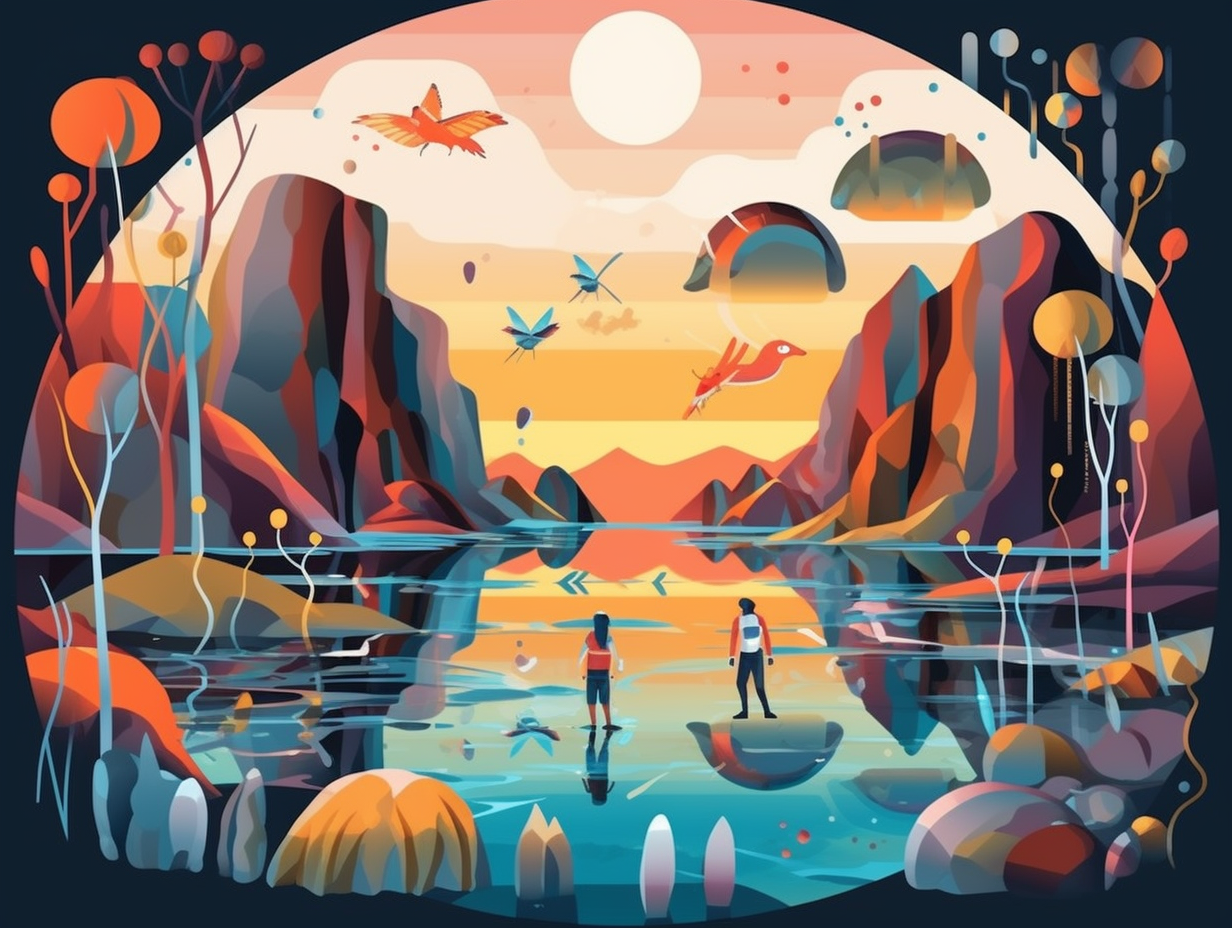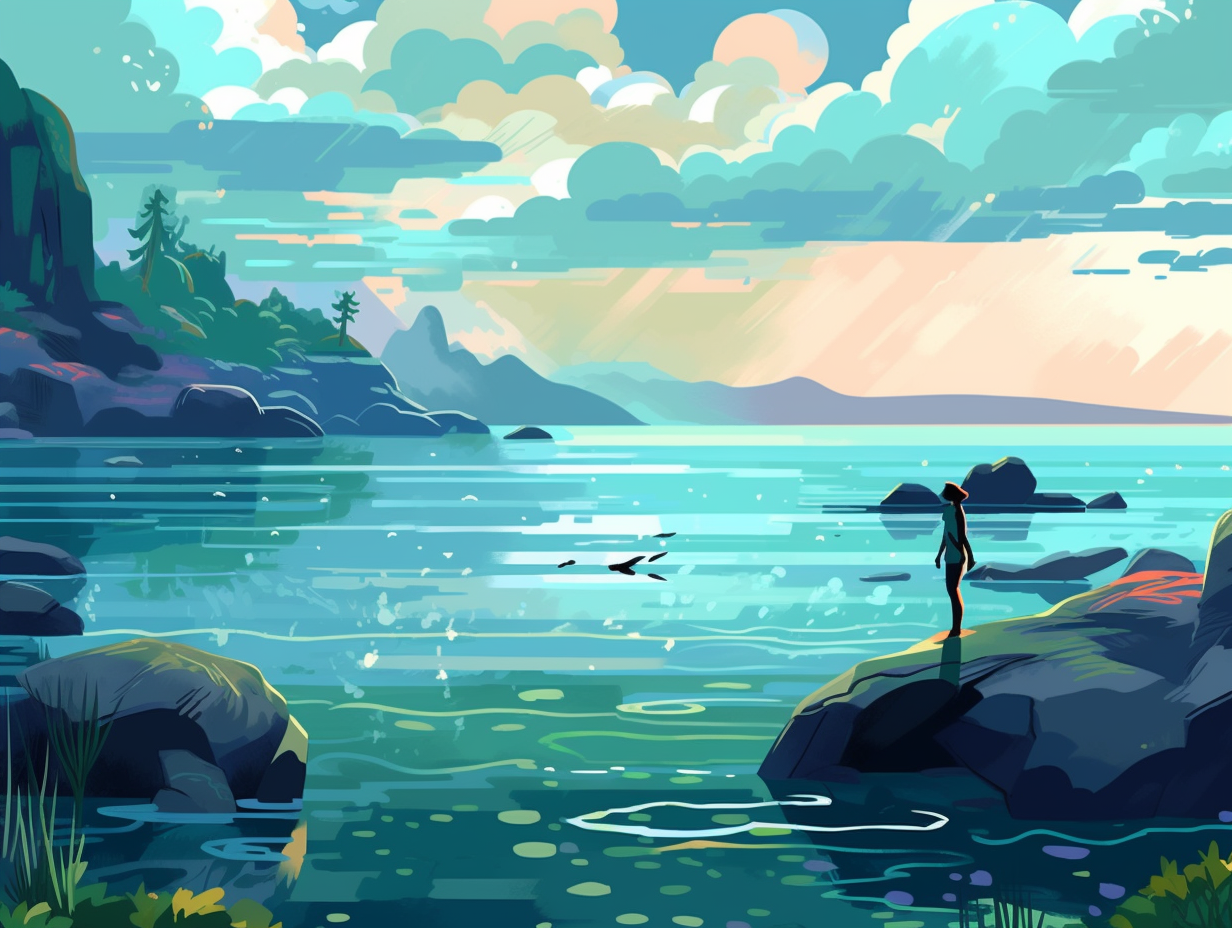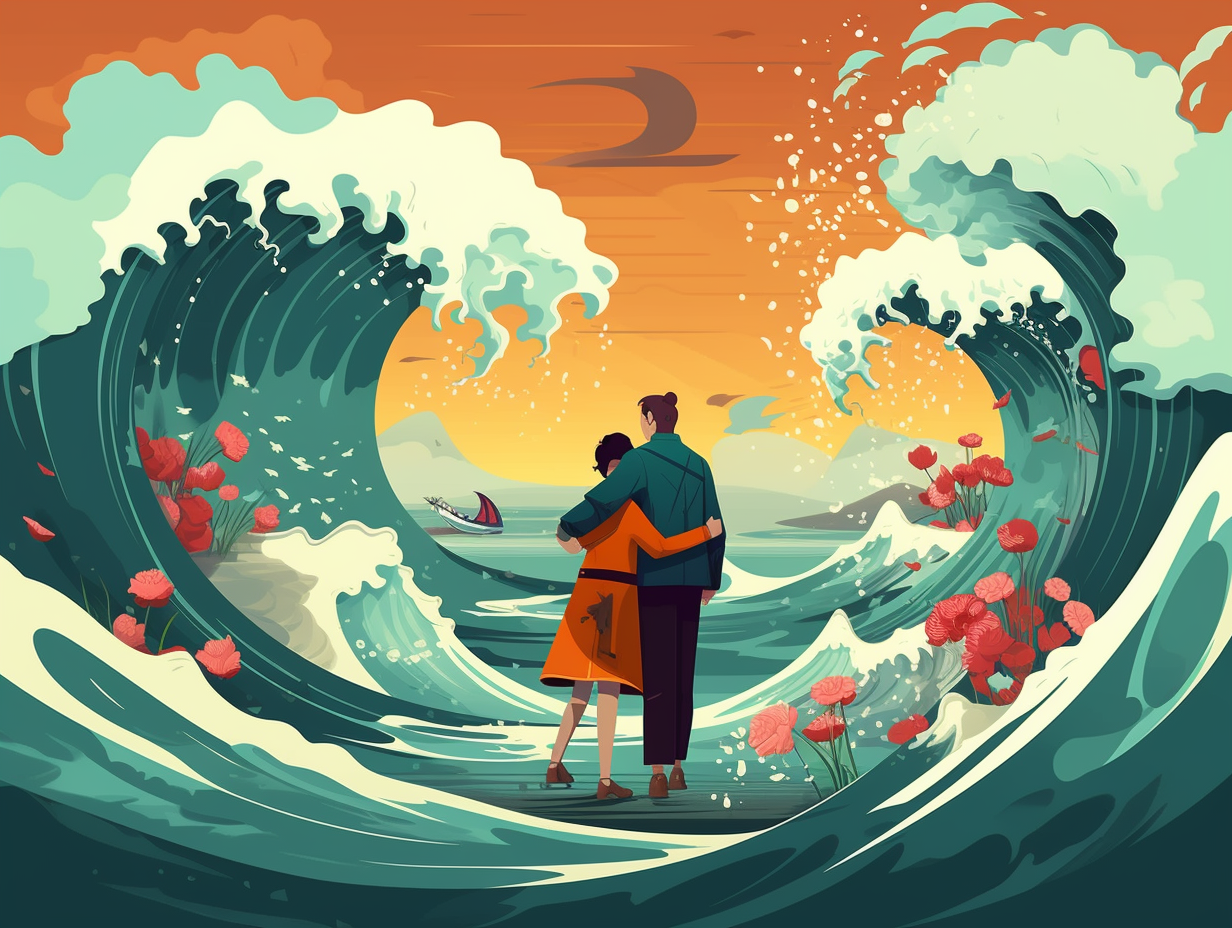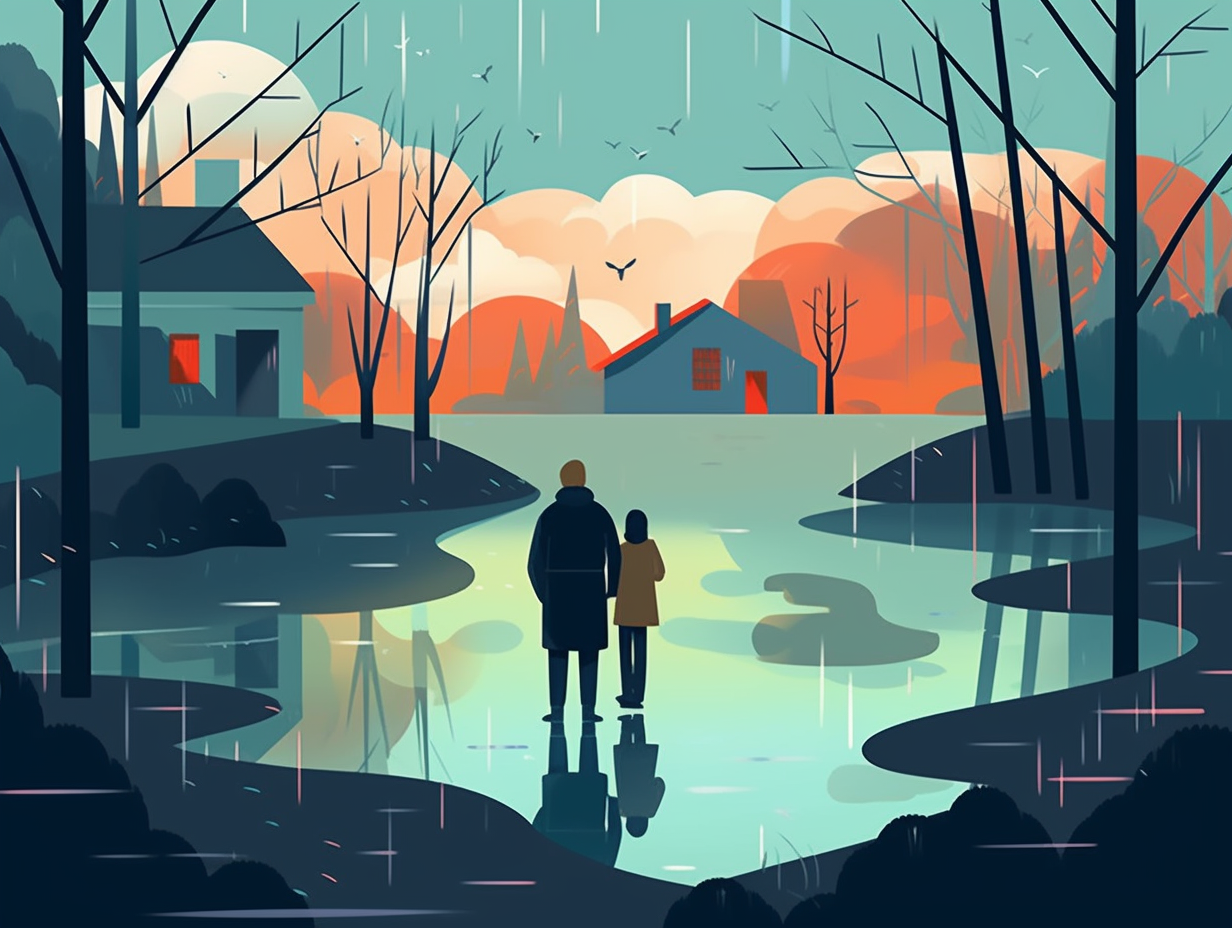Discover the Wonders of Prehistoric Life: Top 14 Fun Facts About the Ordovician Period
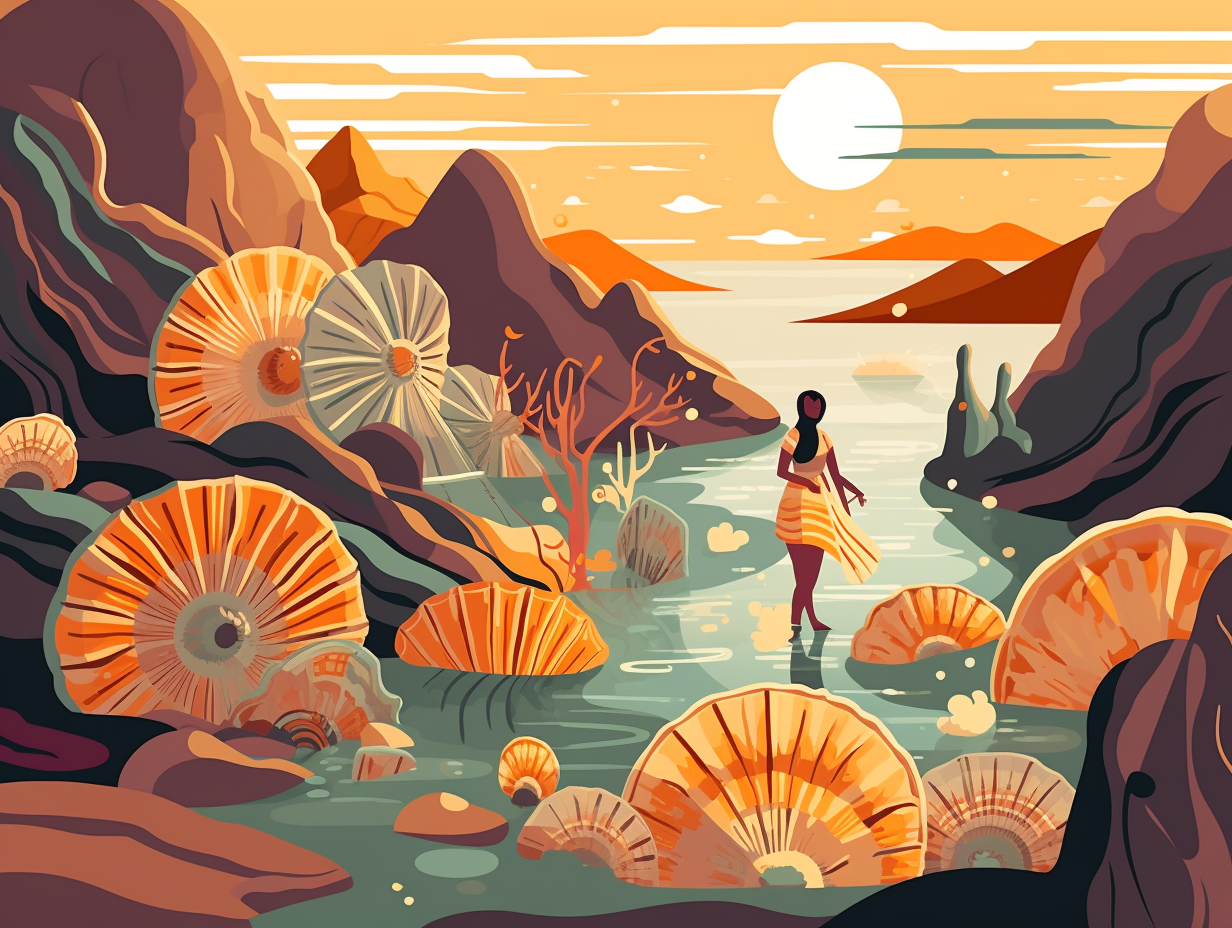
1. Monday of Geological Periods
If Monday was a geological period, it just might be the Late Ordovician: It starts with a tropical paradise and ends with the mother of all dead fish situations: During this period, roughly 443 million years ago, the Ordovician-Silurian mass extinction took place, which wiped out 49-60% of marine genera as a part of one of Earth's "big five" major mass extinction events.
Source => en.wikipedia.org
2. Fish Fashion in the Ordovician
Fish fashion, straight out of the Ordovician Period: complete with bony headgear and scaled tails á la haute couture! It's all in the armor, darling: Primitive fish like ostracoderms donned bony shields on their heads and rod-shaped or platelike scales along their tails, making these jawless sea-dwellers the trendsetters in a marine world full of diverse creatures.
Source => ucmp.berkeley.edu
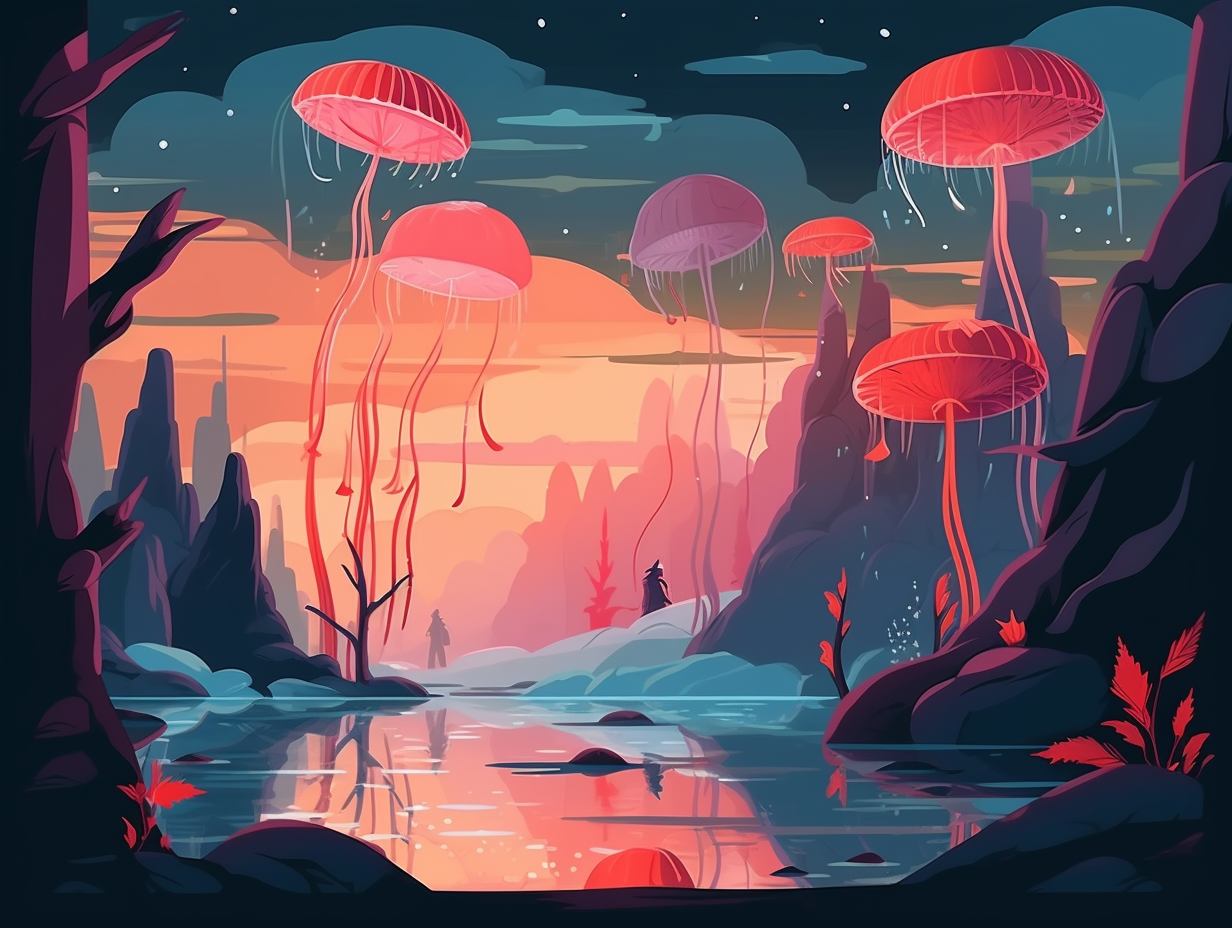
Dive into the Cambrian period where trilobites ruled, underwater fashion statements were bold, and breakthrough innovations in tentacles and exoskeletons emerged. Discover remarkable fossils and the origins of major phyla, including our own ancient human family!
=> Fun Facts about The-Cambrian-Period
3. Mother Nature's Reef Renovations
Even Mother Nature had her fair share of home renovations back in the day: during the Ordovician Period, reef collapses occurred worldwide due to global disturbances, leaving coral fossils and paving the way for algae, sponges, and occasionally bryozoans to take over the ecosystem.
Source => ucmp.berkeley.edu
4. The Trilobita Clan Party
If you think you've got a big family, just wait until you meet the Trilobita clan from the underwater party happening in the Ordovician Period: Boasting over 25,000 described species, these marine arthropods weren't all trilobites, but their fossils have given us a "rockin'" glimpse into the oceanic life and ecosystem of their time.
Source => amnh.org
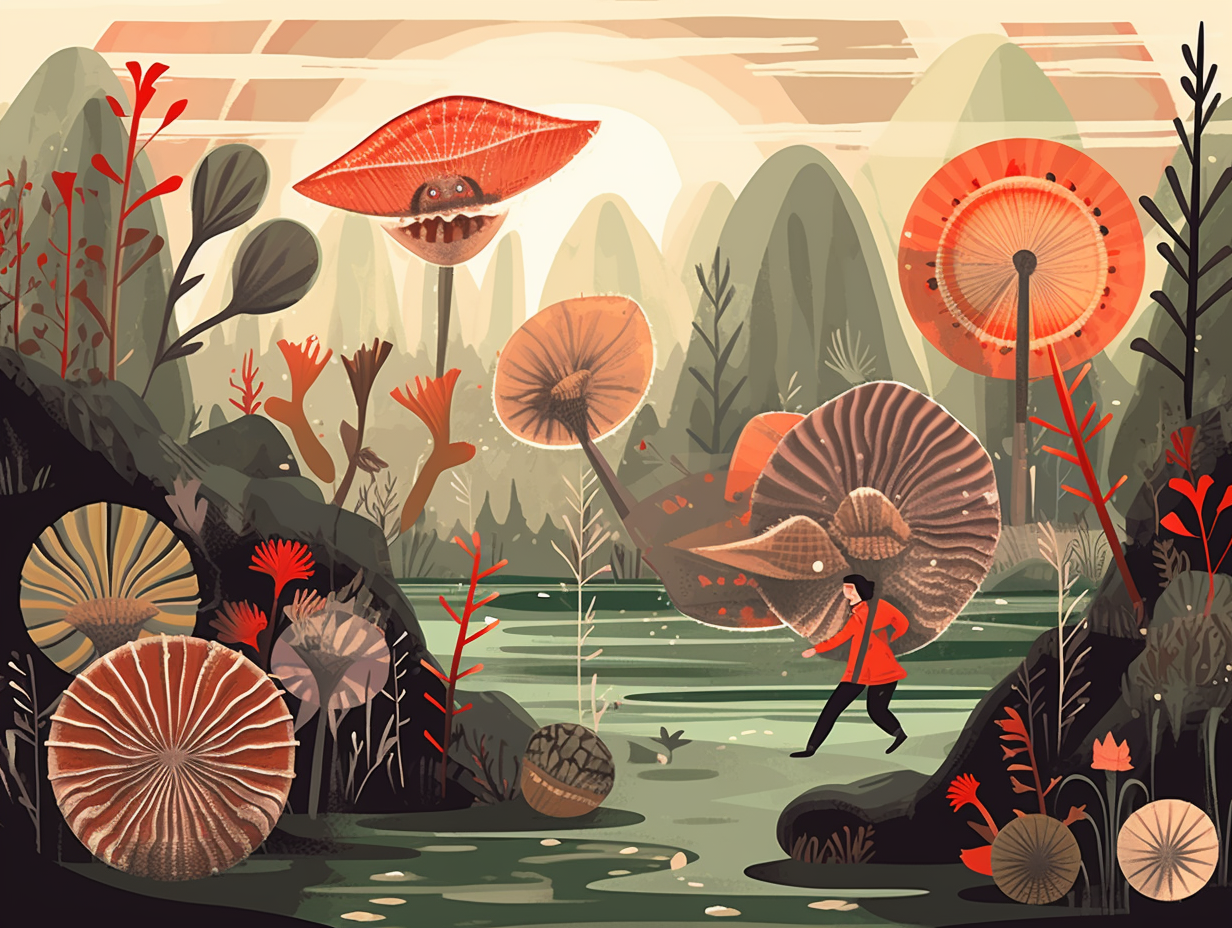
5. Moss and the Furious
In an unexpected twist of "Moss and the Furious" starring land plants as undercover agents: the Ordovician Period saw non-vascular plants, like mosses and liverworts, triggering an ice age and wiping out marine life by releasing organic acids that dissolved rocks, unleashed phosphorus, caused algal blooms, and sucked the oxygen right out of the deep blue sea – all while they greenly flourished on land.
Source => newscientist.com
6. Gondwana's Polar Plunge
Gondwana, the ultimate travel hotspot, decided to head south for a deep-sea adventure and become the king of submersion: Unbeknownst to the party-loving landmass, its aquatic escapades during the Ordovician Period would lead to a mass extinction event, wiping out 60% of marine invertebrate genera and 25% of all families. Talk about a polar plunge gone wrong!
Source => ucmp.berkeley.edu
7. Meteor Shower Reality Show
Apparently, a meteor shower wasn't just a hip party theme in ancient times; it was actually a reality show in the Ordovician period: Around 467.5 million years ago, the Earth experienced a dramatic increase in L chondrite meteorites due to the destruction of their parent body, scattering fragments into Earth-crossing orbits and possibly even sparking the Great Ordovician Biodiversification Event.
Source => en.wikipedia.org
8. Debut of Jawless Fish
Before jaws were even a thing, and we're not talking about the Spielberg flick: The Ordovician Period saw the debut of primitive fish like ostracoderms, jawless armored fish that were early vertebrate pioneers, co-starring with trilobites, brachiopods, and gastropods in this ancient underwater drama.
Source => ucmp.berkeley.edu
9. Cephalopods' Snowy Journey
You know how your parents say, "I walked 10 miles uphill both ways in the snow"? Well, in the case of cephalopods during the Ordovician Period, they weren't kidding – except it was underwater and they were sliding on tentacles: During this time, cephalopods diversified and dominated the seas, although their nautiloid cousins didn't quite reach 10 feet long, and octopuses and squids wouldn't enter the family tree until much later in evolution.
Source => en.wikipedia.org
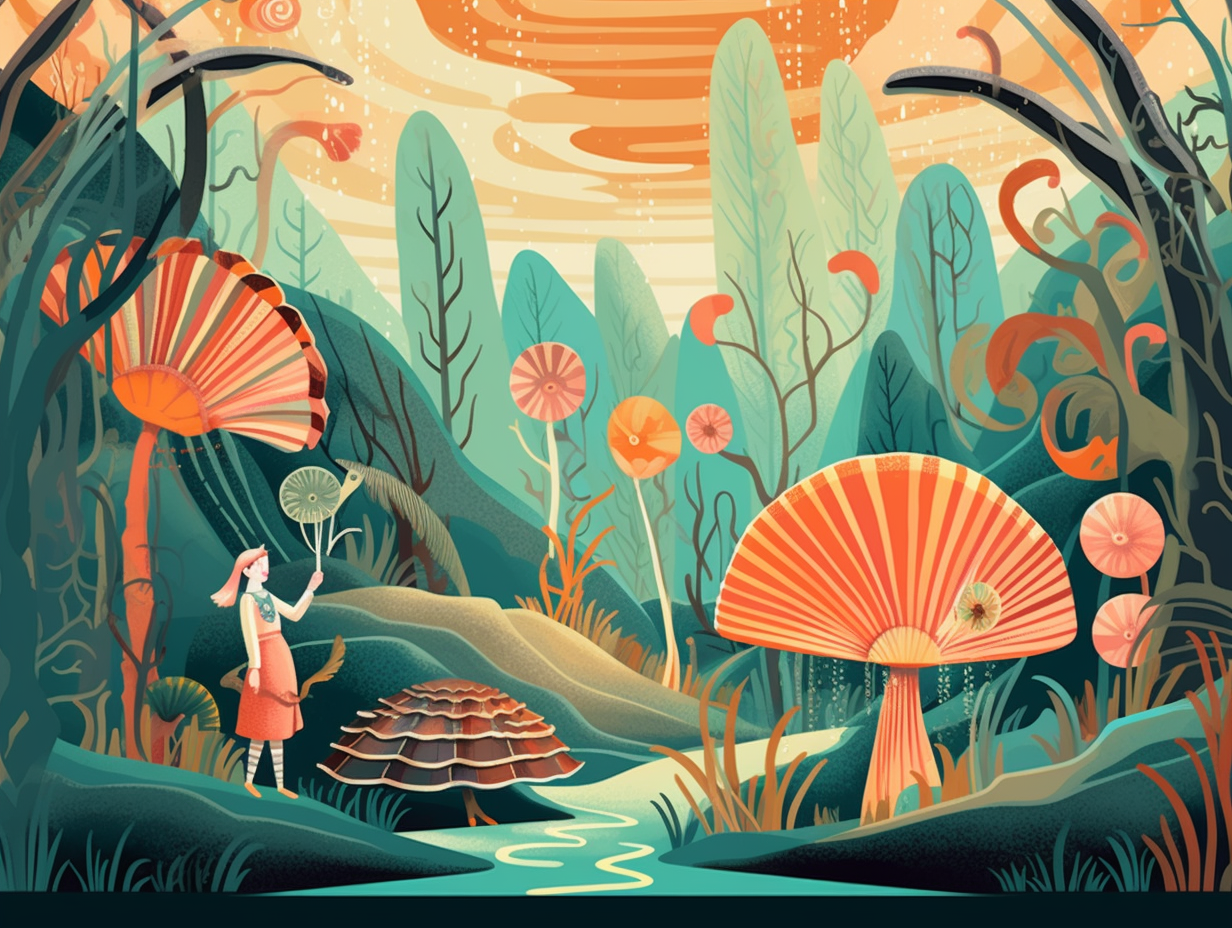
10. Jawsome Fashion Statements
Before fish could really sink their teeth into the world, they had to learn to make jawsome fashion statements: The Ordovician period was ruled by ostracoderms, primitive jawless fish guarded by heavy, bony plates on their heads and gills, leading to the diversification of all modern vertebrates, including humans, once jawed fish entered the scene.
Source => en.wikipedia.org
11. Knock, Knock. Who's There? Extinction.
"Knock, knock. Who's there? Extinction. Extinction who? Extinction so colossal it wiped out 85% of marine species like it's nobody's business!": The Late Ordovician mass extinction, occurring around 443 million years ago, swept away nearly two-thirds of marine life, including one-third of all brachiopod and bryozoan families, affecting all major taxonomic groups across the entire globe. However, life finds a way, and the planet bounced back with diversity recovering to pre-extinction levels within 5 million years during the Silurian Period.
Source => en.wikipedia.org
12. Mother Nature's Ice Sculpture
It seems Mother Nature was quite the ice sculptor during the Ordovician Period, whipping up a frosty masterpiece on steroids: most of the earth's land was bundled into the supercontinent Gondwana, eventually drifting towards the South Pole and triggering the formation of massive glaciers. This chilly turn of events caused sea levels to drop dramatically, leading to the extinction of numerous marine invertebrates and wrapping up the Ordovician Period like a cozy frozen burrito.
Source => ucmp.berkeley.edu
13. A Twist in CO2 Dance Moves
Hold onto your ice skates, folks, because it turns out the late Ordovician period wasn't as high on the CO2 party as we once thought: Recent data shows that CO2 levels were below 3000 parts per million, as opposed to the previously believed 5600 ppm, yet glaciers still boogied on down and expanded, leading to one of Earth's largest marine mass extinction events – proving that it wasn't just CO2's carbon dance moves that caused the icy Ordovician shindig, but rock weathering and volcanic activity played leading roles too.
Source => skepticalscience.com
14. Freeze Tag with Mother Earth
Imagine Mother Nature playing "freeze tag" with Earth: During the Ordovician Period, Gondwana moved towards the South Pole, causing shallow seas to drain, sea levels to drop, and the formation of massive glaciers. This icy game resulted in a mass extinction that wiped out 60% of all marine invertebrate genera and 25% of all families, making it one of the most dramatic geological shakedowns in Earth's history.
Source => ucmp.berkeley.edu
Related Fun Facts

